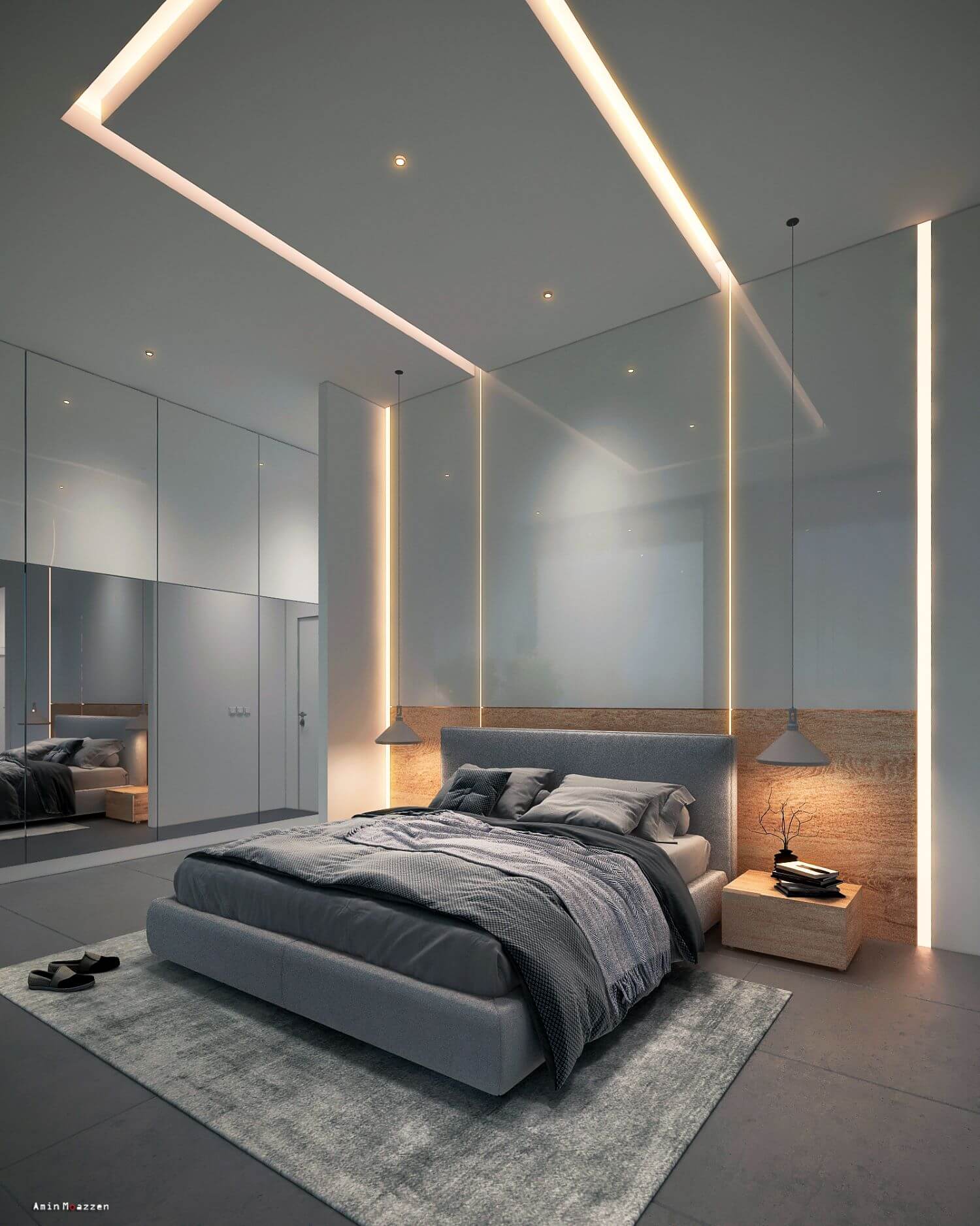Sleep is an important aspect of the human body. It relaxes the body and mind and is also a good period for metabolic processes. However, our lives are surrounded by conditions that either reduce sleep time or make sleeping uncomfortable. Insomnia is the most common sleep disorder, affecting over 30% of all adults in America.
Sleep therapists can diagnose the effects and prescribe a routine to mitigate the disorder. However, the best remedy is to look into your sleeping environment and conditions. It might not be conclusive, but forms a significant part of the solution. Progressively, you can regain your sleeping patterns and restore your healthy lifestyle.
Bedroom Designs That Help You Sleep Well
1. The Bed and Mattress
These are the “tools of trade” which must be comfortable enough. A mattress should be your best “product” as it helps your body relax. There are several options for good mattresses, but the hybrid bamboo mattress stands out. It has motion control, is sustainable and has antibacterial features that deter illnesses and other hypoallergic properties.
The mattress should also be spacious, and firm and have pressure point relief that supports body weight. These features come in handy when positioning your body. A good mattress prevents back pain and any other sleep-related pain.
2. Room Colour
Colours predetermine the room's mood, especially if the person has a sleeping problem. Sleeping starts with body relaxation. Warm colours make you feel at ease and are ideal for a bedroom. Although white, light yellow and light blue are common colours in the bedroom, every person has their ideal warm colour. Terry Cralle believes that warm colours lower blood pressure levels, which is instrumental for a night of proper sleep.
Avoid purple and red as their detail and brightness are not conducive to body relaxation.
3. Room Size and Detail
The size and arrangement are also part of the solution. The room should be big enough to leave enough room. Secondly, where you place your head on the bed should be the quietest in the room, darker and more comfortable. This place should give you a good view of the room and the door.
Lighting, natural and artificial, should be moderate. Although light is essential in a bedroom, especially from the sun, it shouldn’t be too much to distract the sleep concentration. If possible, the bed head should be further or obstructed from direct light.
House lights should be a blend of table lamps and low-wattage bulbs. The idea is to limit the intensity of light in the room. We also have dimmers or smart bulbs that allow you to control the light intensity.
4. Air Circulation and Quality
A well-aerated room provides a conducive environment for sleeping. Stuffy rooms attract mould build-up that causes difficulty in breathing, causing insomnia. Proper ventilation avoids excessive humidity that allows moulds, dust and other allergies to flourish. If properly done, air quality contributes to a night of better sleep.
You can also improve air quality by introducing some scent into the room. Essential organic oils provide a good aroma, which can lure you to sleep.
Other bedroom designs that can help set the right mood for better sleep include
Temperature - the ideal range is between 16°C and 22°C. Anything above that makes you uncomfortable.
Sound control - ensure that the bedroom or house is far away from any noise. If you stay near a busy road, market or train station, consider soundproofing.
Black-out blinds - it works in a bedroom with large windows. They reduce the amount of light entering the room.
Omit electronics - they are a distraction, both sound and light.
 Fondle House in Damavand, Iran by Ali Tavoli & Amin Moazzen
Fondle House in Damavand, Iran by Ali Tavoli & Amin Moazzen
Conclusion
There is a direct relationship between quality of life and sleep. Waking up tired is a sign that you did not sleep well, which might affect your mood for the day. It may be due to your lifestyle and activity, but should not follow you to bed. Your bedroom is a safe and relaxing place. You owe your body a good rest, for the sake of your sanity.





